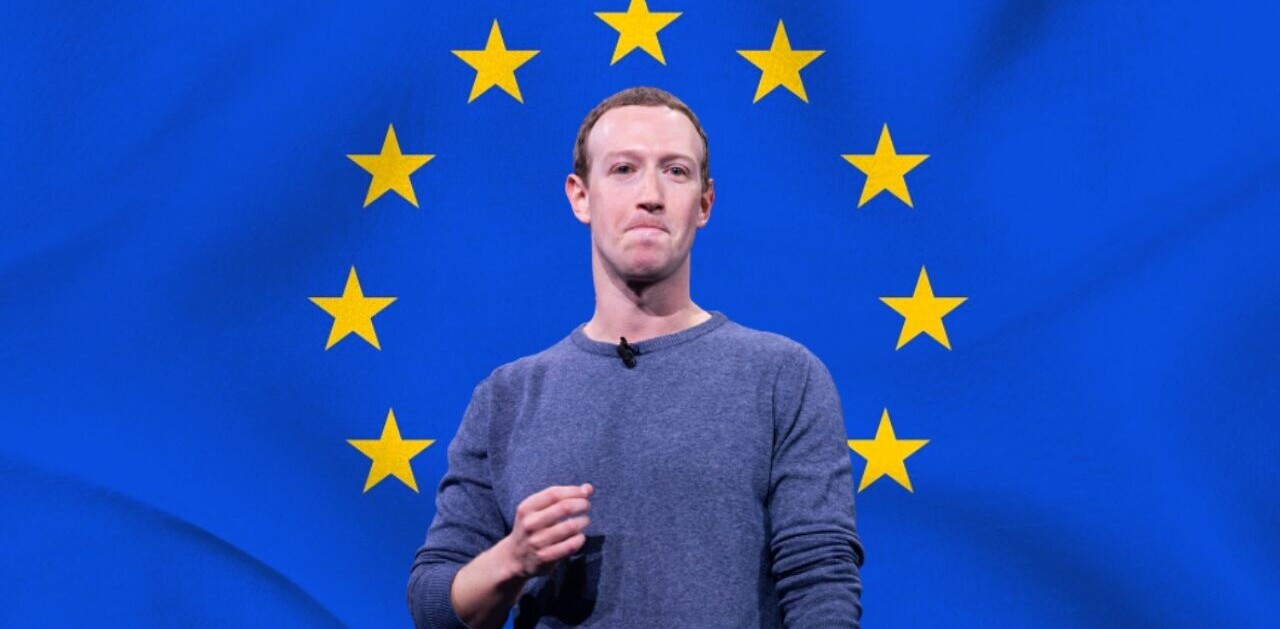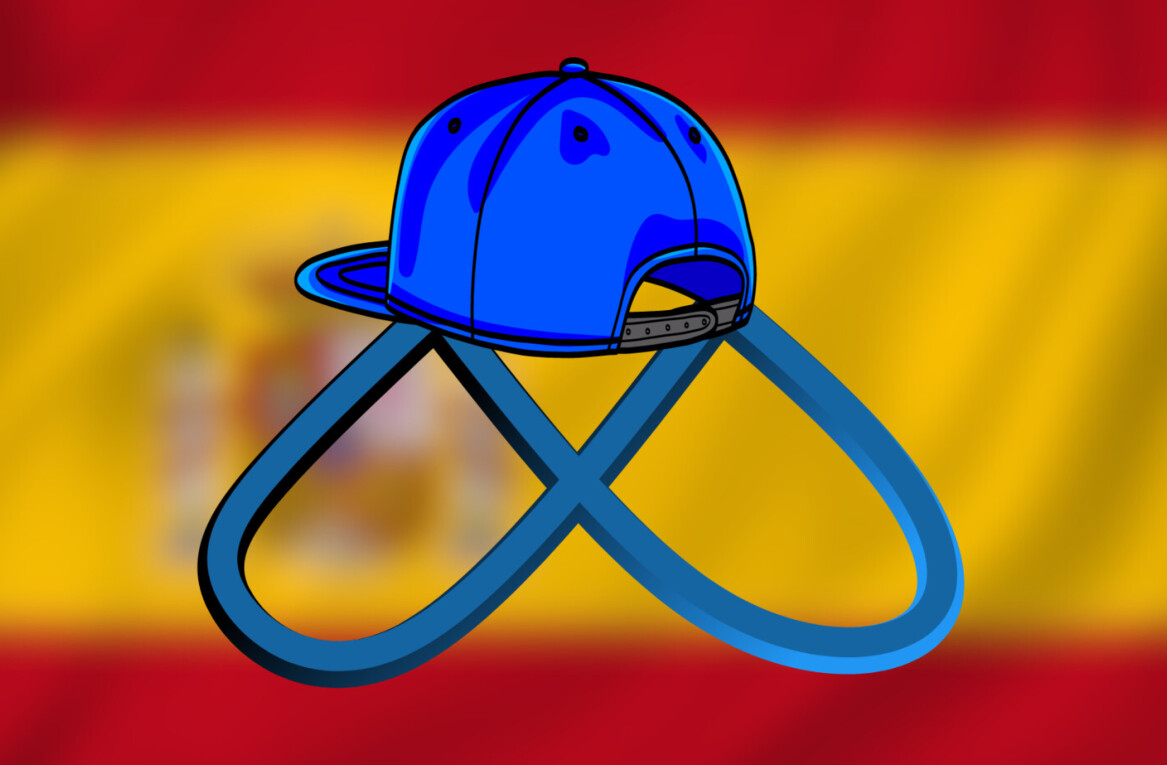
Facebook’s Preferred Marketing Developer (PMD) scheme has been knocking around in its current form since April 2012, formed out of a merging of its Preferred Developer Consultant (PDC) program and Marketing API Program (MAP).
The aim of the group is to help connect brands and advertisers with developers who can make their marketing campaigns more engaging and comprehensive. What these developers provide depends on what is required.
It’s a win-win situation for Facebook: more successful marketing campaigns on its platform means more businesses are likely to keep using it as part of its marketing and advertising activities.
It’s not necessarily just engagement with audience that the PMDs can provide, though – it might well be cross-platform analytics that provide insights into campaigns, revealing data and findings that were previously unknown.
We sat down with Mike Randall, the freshly anointed global head of PMD to catch up on exactly what his role is and what changes we can expect for the program in the future.
Stepping up
Randall has only been leading the program for a little over 90 days, but he’s been with the company for 3.5 years, during which time he’s had roles in creative, business marketing, sales strategy, sales and now PMD.
With a background in ad-tech for the last 15 years, he thinks he’s well placed to perform the delicate balance between product and marketing that the PMD group straddles.
To me, [this background is] a necessity if you’re thinking about PMDs because it’s a combination of the business side and the technology side and how those come together – it truly is an ecosystem that you’re managing, which is everything from how do you go to market, to how do you think about marketing, or about tech.
Naturally, in 15 years the world of internet marketing has changed rather a lot. Randall recounts times in his (pre-Facebook) past when he would walk into a room to talk about the efficacy of digital advertising and he’d be lucky to find a projector, and there was certainly no Internet connection.
Things have moved on since then, but there’s still an education part to his job although increasingly less so as the world – and business – becomes more digitally literate. So, what exactly is a PMD and where does Facebook see the program heading?
“We’ve had the APIs available for quite some time now, allowing developers to come and build on our platform. PMDs, Preferred Marketing Developers, are software companies, building software on our APIs for marketers and agencies…They’re available for marketers and their agencies to drive, deliver, understand and measure the efficacy of the marketing efforts on Facebook, whether that’s from the work they’re doing on their brand Pages to the ads they’re delivering in the right-hand side and News Feed,” he explained.
“Education is a part of it [we opened up the APIs], we let the ecosystem grow pretty organically – which is pretty natural, it’s a part of our organisation; Facebook has been a platform company from the beginning. What we’re looking at now is a shift to mobile and much of our user base and continued growth [coming from] outside the US.”
Randall continued, “with where mobile is at and where our ambitions are and where our growth is going to come from, we have a more salient product roadmap today than we’ve had as a company. So we’re going from allowing this ecosystem to grow organically to being a lot more managed – being a lot more purposeful in where we want to go, and helping the developers align strategically with where we’re taking the business. We think there’s a massive opportunity from both user growth and marketer growth from a bunch of local markets.”
Global, mobile
Until now, much of the activity around the PMD program has been based in North America but Randall’s presence in the UK, and a 12 day whistle-stop tour taking him to Ireland, Singapore, Australia and then back to Menlo Park, California hints at the recognition from Facebook that much of its growth will lie outside of its domestic market. After all, 82 percent of its users audience is outside of North America.
The PMD program already has “well over” 200 developers on it, but Randall is quick to point out that it’s not about growing it to a huge number of PMD-approved companies, rather it’s about working closely with high quality developers. He also noted that 60 percent of PMDs are based outside of North America. Again cementing that Facebook’s advertising and marketing ambitions lie equally in mobile and significant growth outside the US. Randall better get used to the travelling too, he’s going to be doing a lot of it.
It’s a big push, my goals are to be in market at least once per quarter in each of those respective markets.
So how does a software company get on the PMD program? Randall explained that there’s an application process and a series of criteria, but roughly these boil down to:
- Engineering proficiency
- The ability to scale globally
- Innovation – can they drive innovation and build on top of the API
- Transparency – around delivery, pricing, etc
- Alignment with Facebook’s priorities
A more prescriptive approach
That last point, alignment, is where some of the biggest changes will come to the PMD scheme as it moves from being an organically growing ecosystem to a more directed one.
I like to bucket them in three areas of where we’re being more prescriptive, for lack of a better term. One is on the business front, continuing to push for global expansion- in some cases that might mean a PMD opens an office in a particular country [or] it might make more sense for that PMD to partner with a local company. We’d love to see a combination of those companies that operate at scale, but also local stars that rise up from the culture, whether that’s in Brazil or Singapore or Australia.
[Secondly] getting them to think about mobile first, mobile has taken everybody by storm and it’s really important to be thinking about product roadmaps and how they go to market as mobile-first companies.
Randall continues to explain that “on the product front, in addition to driving adoption, we think there’s a real opportunity to work with the PMD ecosystems to build more robust solutions in addition to what we’re doing on our own to drive business outcomes for online sales, in-store sales, mobile app installs, mobile ads and the fourth is around brand marketing and brand building”.
The third part of the puzzle, as he sees it, is measurement, “In continuing to do research and analytics that help marketers and agencies understand the efficacy of Facebook advertising […] and the movement from proxy metrics and CTRs to multi-touch attribution and LTV models, long-term value models for understanding the value of marketing on Facebook.”
A symbiotic relationship
The relationship Facebook enjoys with developers and marketers means that it can expand its own limited engineering resources by allowing the group to act as a sort of virtual R&D center. It’s then free to integrate the most useful and successful products into its core platform and offer them more widely.
PMDs were early to do creative optimisation in front of us, they had frequency capping before we had that in our core products, they had day-parting in advance of us and they’re doing a lot of work around conversion tracking with conversion pixels; all things we’ve now incorporated and started to integrate into our native products.
There’s a symbiotic relationship between them driving adoption of our core stuff, being out in front and driving innovation in many cases specific to a vertical or business need and then we look and if it fits there we raise that to the entire platform and make it available to all advertisers – of which we have a little over a million right now – and then the PMDs can continue to innovate on the next set of challenges from marketers.
With a new chief at the reins and a concerted effort to have a more directed PMD program, Facebook’s job is now to explain the value of the PMD ecosystem for advertisers, but also to users on Facebook; the better it gets at showing users relevant ads, the less jarring it is and the better the overall user experience. As they say, the best ad is the one you can’t tell is an ad.
Featured Image Credit – Ed Jones/AFP/Getty Images
Get the TNW newsletter
Get the most important tech news in your inbox each week.




